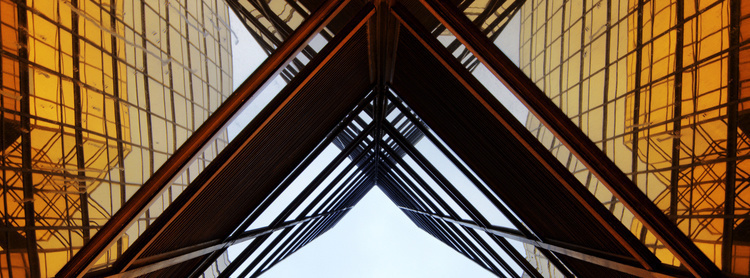
Events
Henry L. Pierce Laboratory Seminar Series with Prof. Surendra P. Shah

Nanotechnology and Sustainability in Concrete Construction
Abstract:
Super tall buildings such as one kilometre-high Kingdom Tower are constructed with concrete as a structural material. Such tall buildings are made with so called high performance concrete, which can have strength 5 times that of conventional concrete. The development of high strength concrete is a result of our understanding of particle packing, rheology and microstructure engineering. Concrete is a critical material for infrastructure; the world-wide consumption of concrete is about 2 tons for every living human being every year. However, its continuing use will require improving its sustainability. Nanotechnology is playing an increasing role in making concrete more sustainable. Some examples are given in this talk.
One approach to making concrete more sustainable is to replace Portland cement (and its significant carbon foot print) with fly ash, a waste material from burning coal. When fly ash is replaced with Portland cement, the rate of strength development slows down which is not desirable. Addition of nano particle such as nano silica accelerates the chemical reaction by providing nucleation sites. In addition, characterization of nano structure of calcium silicate hydrate by nano indentation, AFM, FTIR and NMR shows beneficial nano scale modification.
Manipulation of concrete rheology has been a key to make concrete more constructible. The viscosity should be sufficiently small so that concrete can be pumped a great distance, but the material should be thixotropic to reduce the pressure on form work. Addition of a small amount of nano clay has been shown to accelerate the rate of thixotropy. Rheology of aging colloidal suspension is being studied by computation modeling as well as by measuring the dimensions of flocculated particles by using laser spectrometer.
Concrete is a brittle material, prone to cracking. Concrete structures are reinforced by rebars at a millimeter scale. However, flaws in cement paste are in nano scale. To reinforce concrete at nano scale, addition of carbon nano tube is studied. The key challenges include dispersion and rheology. Recent studies have demonstrated that adding a very small amount (0.05%) of well dispersed CNT has a profound effect on performance: mechanical properties, piezo-resistivity, transport properties as well as corrosion reinforcing steel. Such multi functionality is probably related to altered nano structure of concrete.
Bio:
Professor Surendra P. Shah is a Presidential Distinguished Professor at University of Texas at Arlington and Walter P. Murphy Emeritus Professor of Civil Engineering at Northwestern University. He was the founding director of the pioneering National Science Foundation Science and Technology Center for Advanced Cement-Based Materials. His current research interests include: fracture, fiber-reinforced composites, nondestructive evaluation, transport properties, processing, rheology, nano- technology, and use of solid waste materials. Professor Shah is a member of the US National Academy of Engineering. He is also a foreign member of the Chinese Academy of Engineering and the Indian Academy of Engineering, and the rare civil engineer who is a member of these three academies. Currently, he is a member of the Institute of Advanced Studies at Hong Kong University of Science and Technology. He is an honorary professor at Hong Kong Polytechnic University, Dalian Maritime University, Nanjing Technical University, South East University, and Tongji University. He is a Distinguished Professor at Indian Institute of Technology, Madras, India and Jinan University, China

